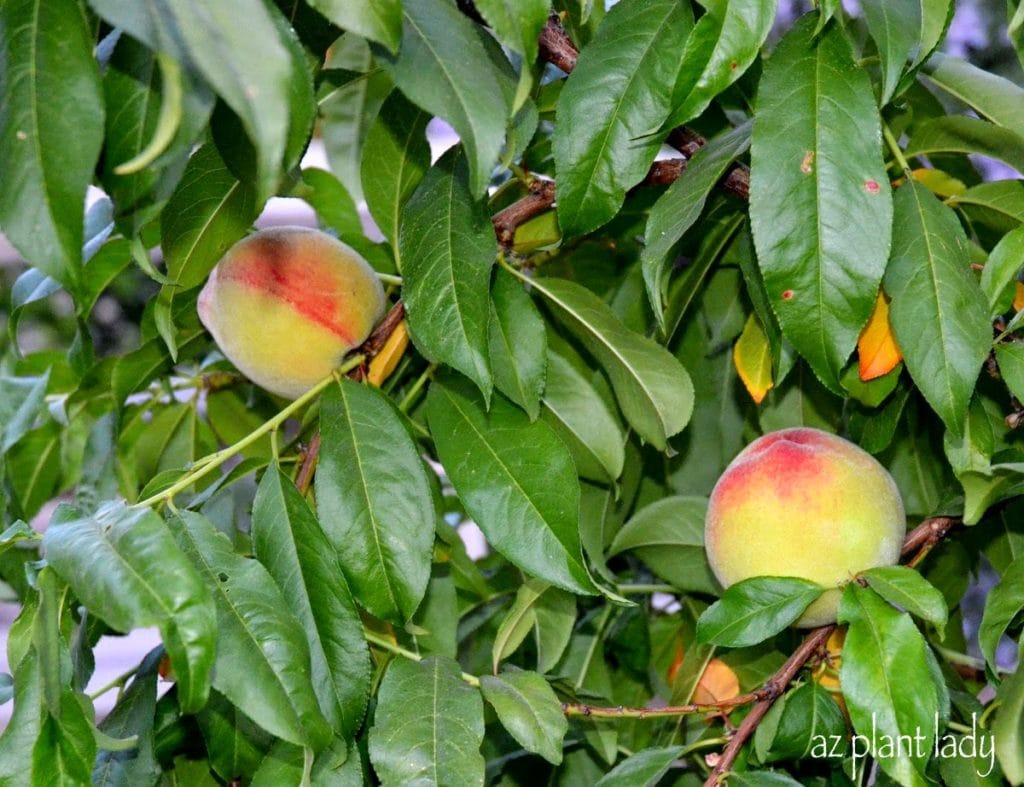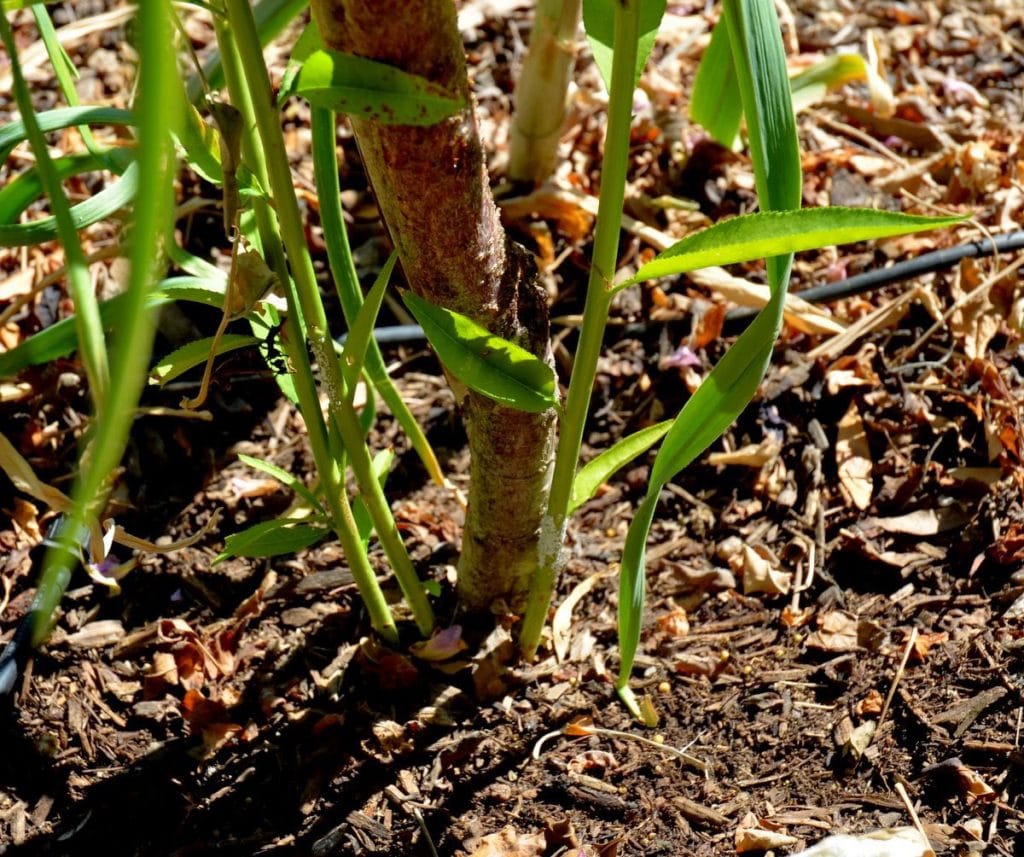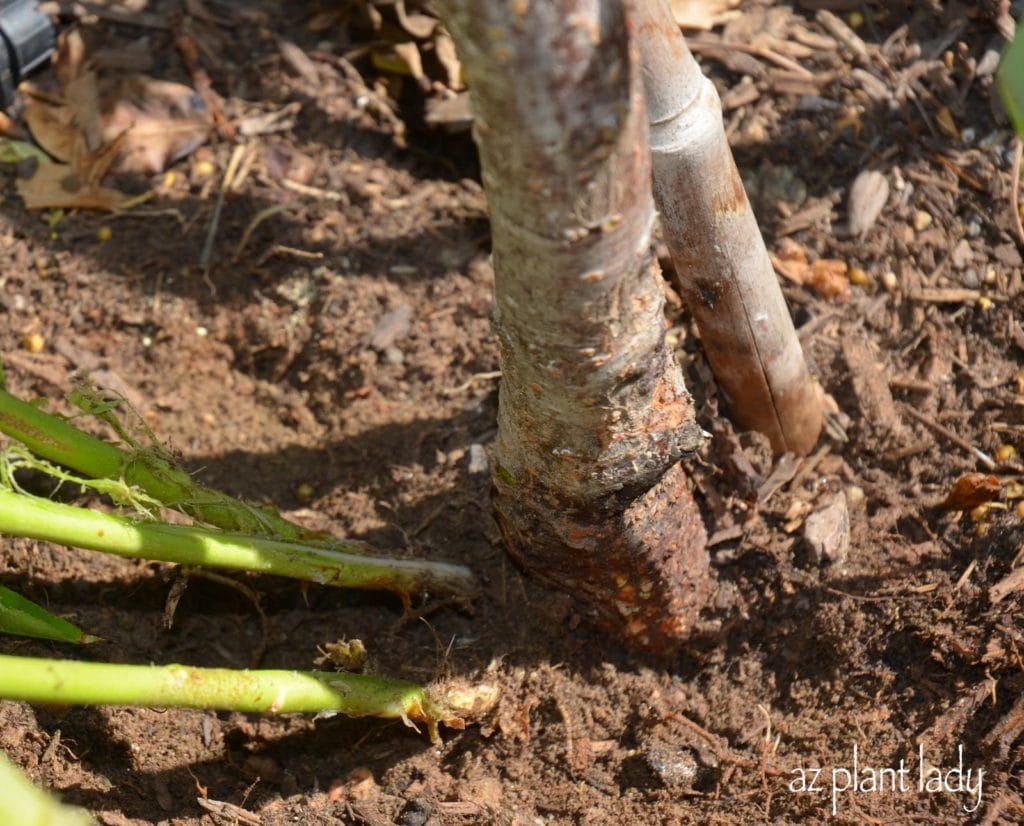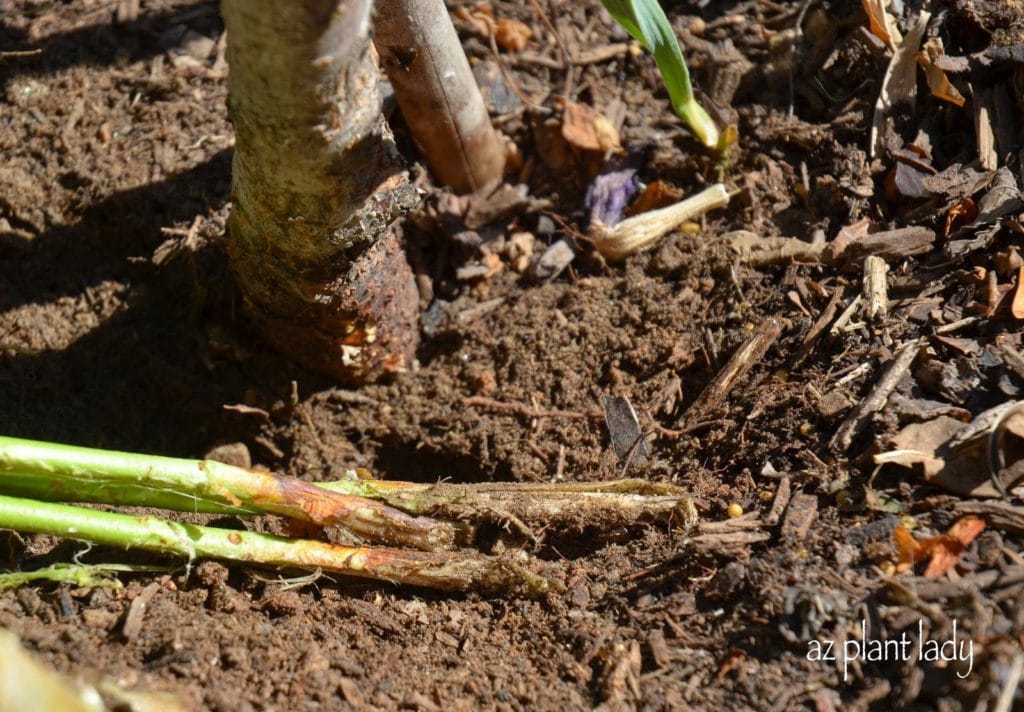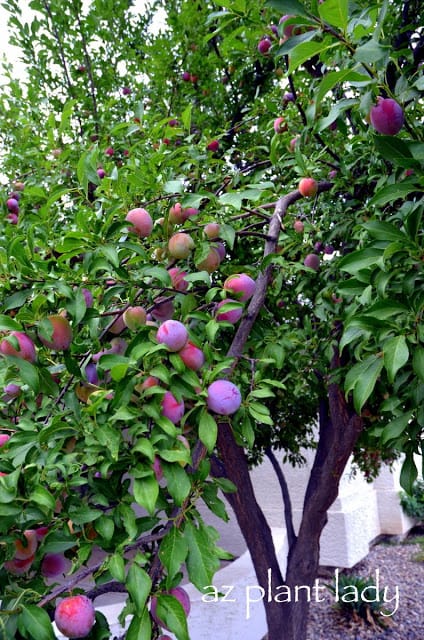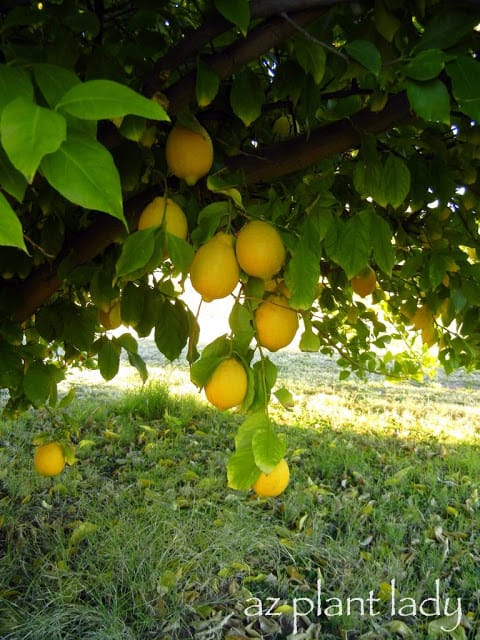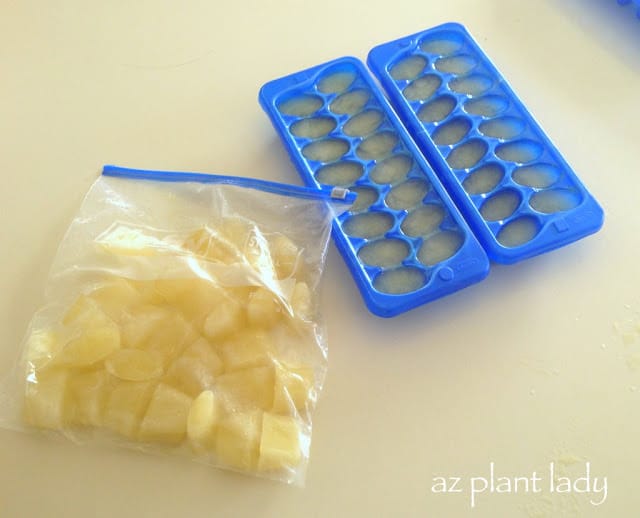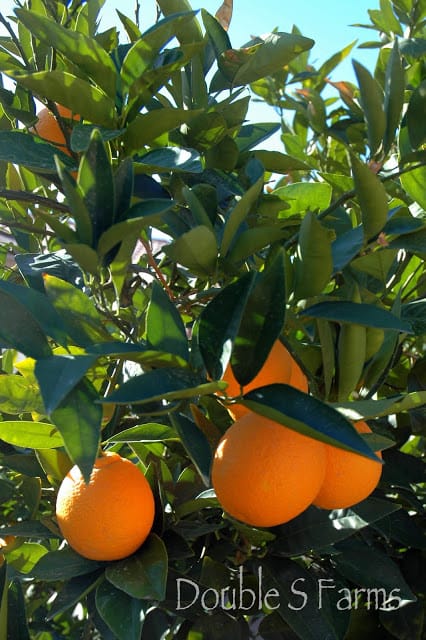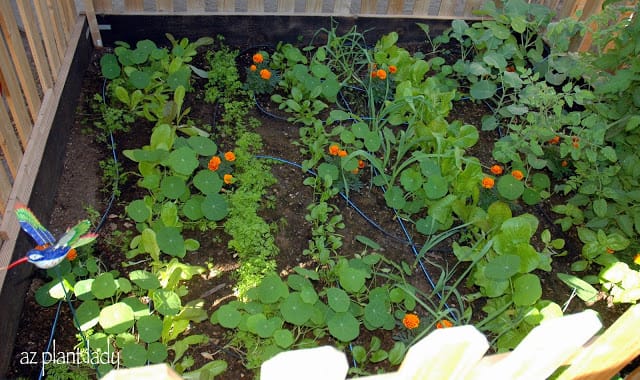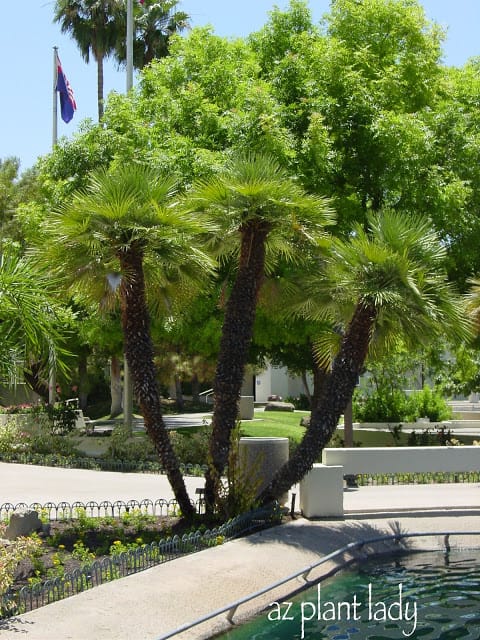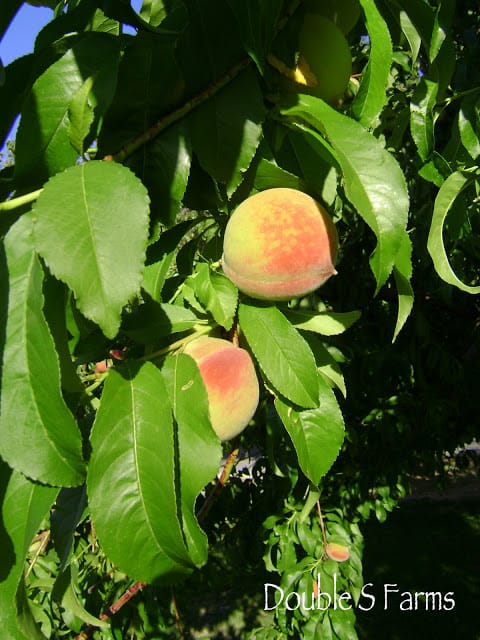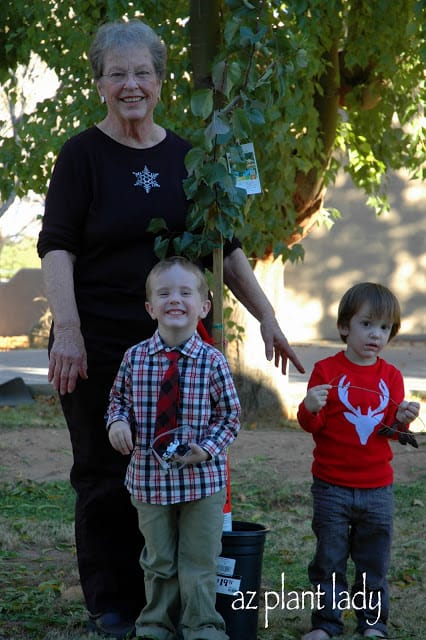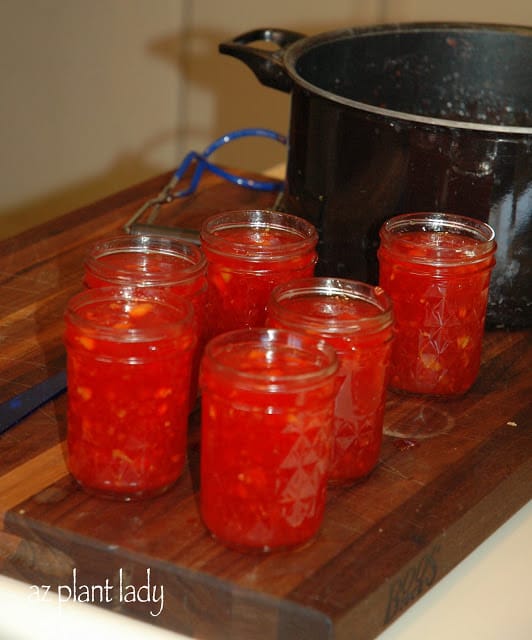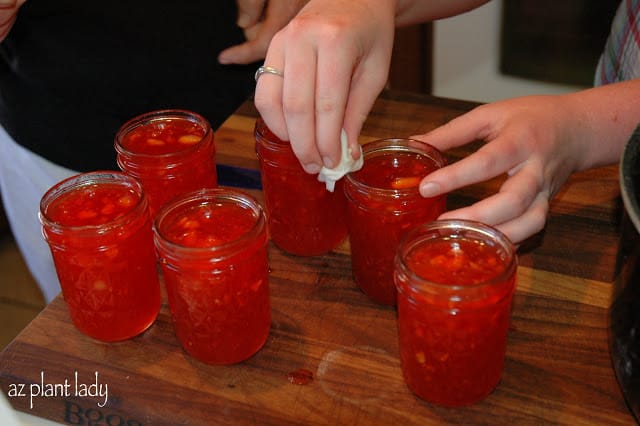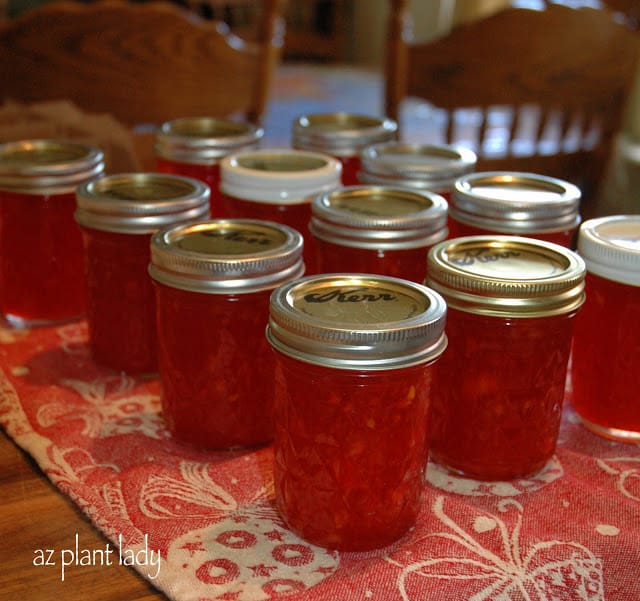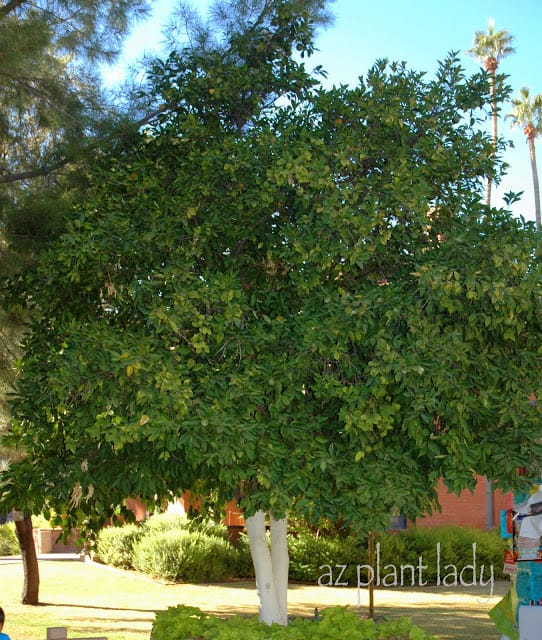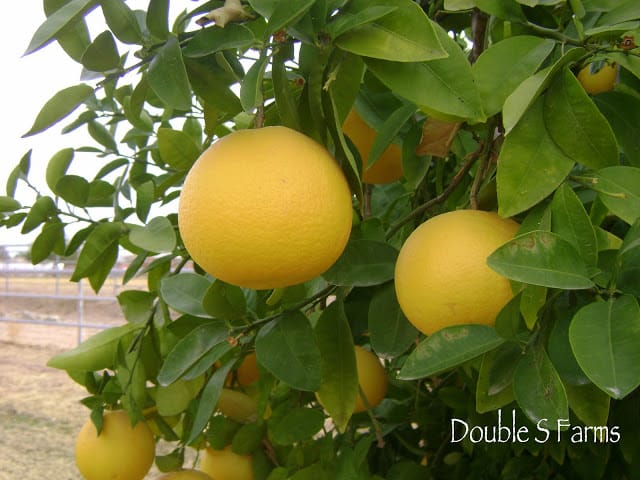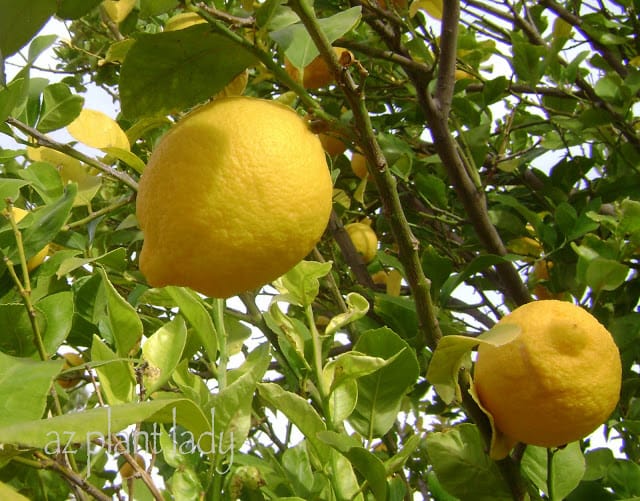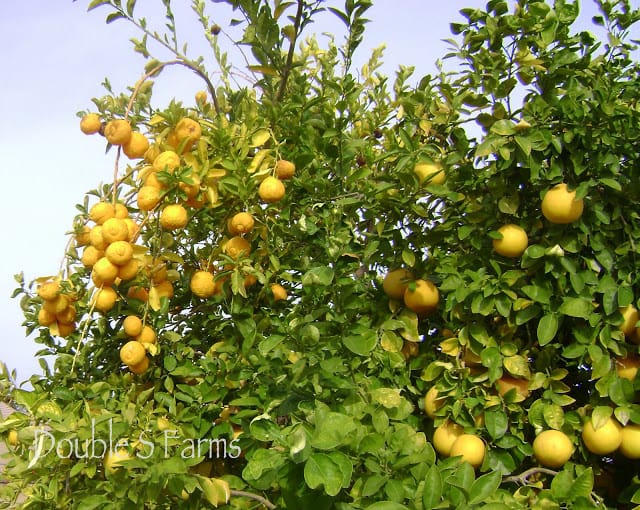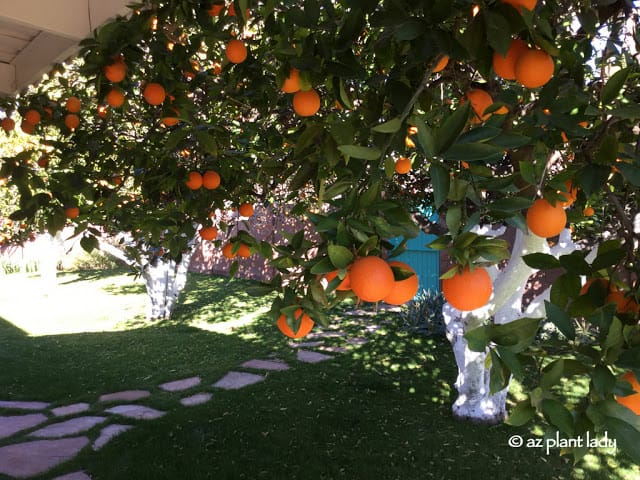I am almost ashamed to admit it, but I sometimes have trouble remembering what gifts I received a year ago for Christmas. Does that happen to you too? It’s not that I am not happy with the gifts……I am frequently amazed at the creativity and thoughtfulness of the giver. But sometimes all I can handle is just trying to keep up with my 5 kids and my husband so many other things get pushed onto a back shelf inside my brain.
There have been extra special Christmas gifts that I have received that stick out in my mind. Not because they were particularly expensive but because they were long lasting. Each time I would use or look upon the gift, I would remember the thoughtfulness of the giver.
One of my favorite Christmas memories involve my dad and mother. Each year my dad would give my mother something special for Christmas. He would usually ask one of his daughters to wrap it for him and I can remember the happiness on his face when he would give my mother her gift.
After my father passed away a few years ago, my siblings and I started a new tradition – in addition to our individual gifts to our mother, we also joined together to give her a gift from all of us on behalf of my father, who is no longer here.
We have had a lot of fun thinking of ideas of what to give her each year. This year we decided to give her two Apricot trees. You see, my mother loves to can fruit. Double S Farms, where she lives, has apple, peach, plum, kumquat, lemon, grapefruit, almond and pecan trees.
This past summer, my mother taught me how to make peach and plum jam as well as applesauce. I am still using peach jam on my morning toast 🙂
As many different kinds of fruit trees that my mother has, she does not have any apricot trees. That was kind of sad really because apricots were among her favorite fruit. So our decision was really quite easy.
We bought her two apricot trees and tied big red bows on each one and placed them on the side of the house.
We placed the apricot trees in the same area that already had peach trees growing. Little Farmer and Littlest Farmer were happy to help 😉
Now it was time for her surprise…..I think she was very happy with her gift.
Many people find it surprising that we can grow many different kinds of fruit trees. Trees with low chill hour requirements do very well in our area. (Chill hours occur when temperatures below 45 degrees F. Fruit trees require a minimum number of chill hours to produce fruit.). We selected two different varieties of apricot trees – ‘Katy’ and ‘Gold Kist’.
Apricot trees are self-pollinating (which means that they doesn’t need pollen from another apricot tree to produce fruit), so we really only needed one, but since we planted two, that means more apricot jam in our future.
The apricot trees will be ready for harvesting in late May / early June.
When planting fruit trees, it is important not to dig the hole deeper then the depth of the root ball. What is a good thing to do is to dig the hole at least 3 times the width of the root ball, which helps the roots to grow out into the surrounding soil. January is the month to plant your bare-root fruit trees in the Arizona deserts.
No fertilizer should be added to newly planted trees for the first year. The reason is because fertilizer will trigger the growth of the upper part of the tree – you may be asking what is wrong with that?
Well, all trees need a good root system that can support the branches, leaves and fruit and that takes at least a year. So please don’t add fertilizer unless you live in an area with sandy soils, which may require the addition of phosphorus and potassium when planted.
My mother was very happy with her gift, which will continue giving year after year.
I can almost taste the apricot jam……but it will take a few years for the new trees to produce enough fruit 🙂
For information on fruit varieties for the desert southwest, click here.
Here is a link for general fruit tree growing information for Arizona.
